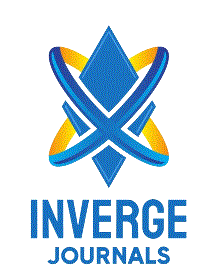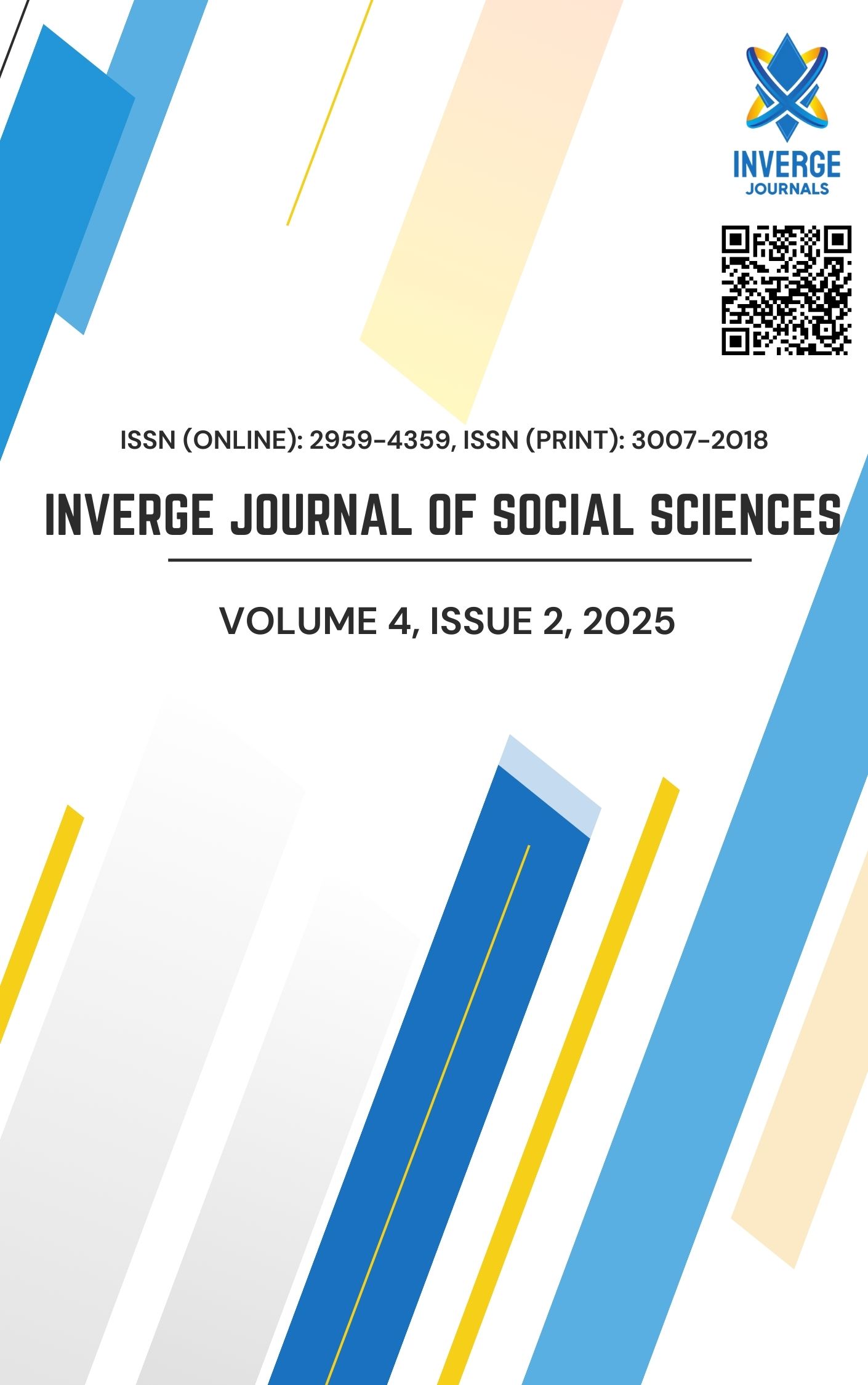Enhanced Product Review Recommendations Using Collaborative Filtering and Singular Value Decomposition
DOI:
https://doi.org/10.63544/ijss.v4i2.118Keywords:
Recommender System, Collaborative Filtering, Singular Value Decomposition (SVD), User-Item Matrix, Product Recommendation, Item-Based Filtering, Cold-Start Problem, Data Sparsity, Machine LearningAbstract
Recommender systems have become indispensable tools for enhancing user satisfaction and engagement across diverse business sectors, including online marketplaces, streaming services, and e-commerce platforms. This research proposes and evaluates an advanced product review recommendations system that leverages collaborative filtering techniques to deliver personalized and accurate suggestions. By integrating memory-based and model-based collaborative filtering approaches, the system effectively analyses user-item interactions to predict preferences. A key innovation of this study is the application of Singular Value Decomposition (SVD) to decompose the user-item matrix, which not only improves prediction efficiency but also reduces computational demands by addressing data sparsity and dimensionality challenges.
The system employs item-based collaborative filtering, utilizing the KNNWithMeans algorithm, and achieves a prediction accuracy of 1.34 RMSE, as validated through rigorous testing on a large-scale electronics product review dataset. Additionally, a correlation-based method is implemented to identify strongly associated products, enabling the generation of highly relevant recommendations. Experimental results demonstrate that the proposed framework outperforms existing recommendation models in terms of scalability and accuracy, particularly for large datasets.
Furthermore, this research explores the potential of hybrid models and deep learning techniques to further enhance recommendation quality and mitigate common issues such as the cold-start problem and data sparsity. The findings highlight the system’s robustness in real-world applications and its adaptability to dynamic user behaviour. By combining collaborative filtering with matrix factorization, this study provides a scalable and efficient solution for modern e-commerce platforms seeking to improve user experience and drive sales. Future directions include integrating real-time processing capabilities and exploring advanced machine learning algorithms to refine recommendation precision.
References
Afshar, M. Z. (2023). Exploring factors impacting organizational adaptation capacity of Punjab Agriculture & Meat Company (PAMCO). International Journal of Emerging Issues in Social Science, Arts and Humanities, 2(1), 1-10. https://doi.org/10.60072/ijeissah.2023.v2i01.001
Afshar, M. Z., & Shah, M. H. (2025). Performance evaluation using Balanced Scorecard framework: Insights from a public sector case study. International Journal of Human and Society, 5(1), 40-47. https://ijhs.com.pk/index.php/IJHS/article/view/808
Afshar, M. Z., & Shah, M. H. (2025). Strategic evaluation using PESTLE and SWOT frameworks: Public sector perspective. ISRG Journal of Economics, Business & Management, 3(1), 108-114. https://doi.org/10.5281/zenodo.14854362
Aggarwal, C. C. (2016). Recommender systems: The textbook. Springer.
Anjum, N., & Kabir, A. (2019). Introducing Refined Agile Model (RAM) in the context of Bangladesh's software development environment concentrating on the improvement of requirement engineering process. International Journal of Software Engineering & Applications, 10(4).
Badrul, S., Konstan, J., & Riedl, J. (2005). Combining collaborative filtering with personal agents for better recommendations. Proceedings of the 4th International Conference on Intelligent User Interfaces (pp. 285-295).
Bell, R., & Koren, Y. (2007). Scalable collaborative filtering with jointly derived neighborhood interpolation weights. Proceedings of the 7th IEEE International Conference on Data Mining (pp. 43-52).
Breese, J. S., Heckerman, D., & Kadie, C. (1998). Empirical analysis of predictive algorithms for collaborative filtering. Proceedings of the 14th Conference on Uncertainty in Artificial Intelligence (pp. 43-52).
Burke, R. (2002). Hybrid recommender systems: Survey and experiments. User Modeling and User-Adapted Interaction, 12(4), 331-370.
Covington, P., Adams, J., & Sargin, E. (2016). Deep neural networks for YouTube recommendations. Proceedings of the 10th ACM Conference on Recommender Systems (pp. 191-198).
Davidson, J., Liebald, B., Liu, J., Nandy, P., Van Vleet, T., Gargi, U., et al. (2010). The YouTube video recommendation system. Proceedings of the 4th ACM Conference on Recommender Systems (pp. 293-296).
Dhal, K., Karmokar, P., & Chakravarthy, A. (2022). Vision-based guidance for tracking multiple dynamic objects. Journal of Intelligent & Robotic Systems, 105(66). https://doi.org/10.1007/s10846-022-01657-6
Funk, S. (2006). Netflix update: Try this at home. https://sifter.org/~simon/journal/20061211.html
Gomez-Uribe, C. A., & Hunt, N. (2015). The Netflix recommender system: Algorithms, business value, and innovation. ACM Transactions on Management Information Systems, 6(4), 1-19.
He, X., Liao, L., Zhang, H., Nie, L., Hu, X., & Chua, T. S. (2017). Neural collaborative filtering. Proceedings of the 26th International Conference on World Wide Web (pp. 173-182).
Koren, Y., & Bell, R. (2015). Advances in collaborative filtering. In F. Ricci, L. Rokach, & B. Shapira (Eds.), Recommender systems handbook (pp. 77-118). Springer.
Koren, Y., Bell, R., & Volinsky, C. (2009). Matrix factorization techniques for recommender systems. Computer, 42(8), 30-37.
Linden, G., Smith, B., & York, J. (2003). Amazon.com recommendations: Item-to-item collaborative filtering. IEEE Internet Computing, 7(1), 76-80.
Rendle, S. (2010). Factorization machines. Proceedings of the 10th IEEE International Conference on Data Mining (pp. 995-1000).
Sarwar, B., Karypis, G., Konstan, J., & Riedl, J. (2001). Item-based collaborative filtering recommendation algorithms. Proceedings of the 10th International Conference on World Wide Web (pp. 285-295).
Su, X., & Khoshgoftaar, T. M. (2009). A survey of collaborative filtering techniques. Advances in Artificial Intelligence, 2009, Article 421425.
Wu, L., Wang, P., Li, Q., & He, X. (2021). Graph collaborative filtering. Proceedings of the 43rd International ACM SIGIR Conference on Research and Development in Information Retrieval (pp. 353-362).
Downloads
Published
How to Cite
Issue
Section
Categories
License
Copyright (c) 2025 Gulshan Naveed, Muhammad Nadeem Gul, Muhammad Arif, Waseem Abbasi, Sidra Gulzar

This work is licensed under a Creative Commons Attribution-NonCommercial-ShareAlike 4.0 International License.
The work is concurrently licensed under a Creative Commons Attribution-NonCommercial-ShareAlike 4.0 International License, which permits others to share the work with an acknowledgement of the authorship and the work's original publication in this journal, while the authors retain copyright and grant the journal the right of first publication.









